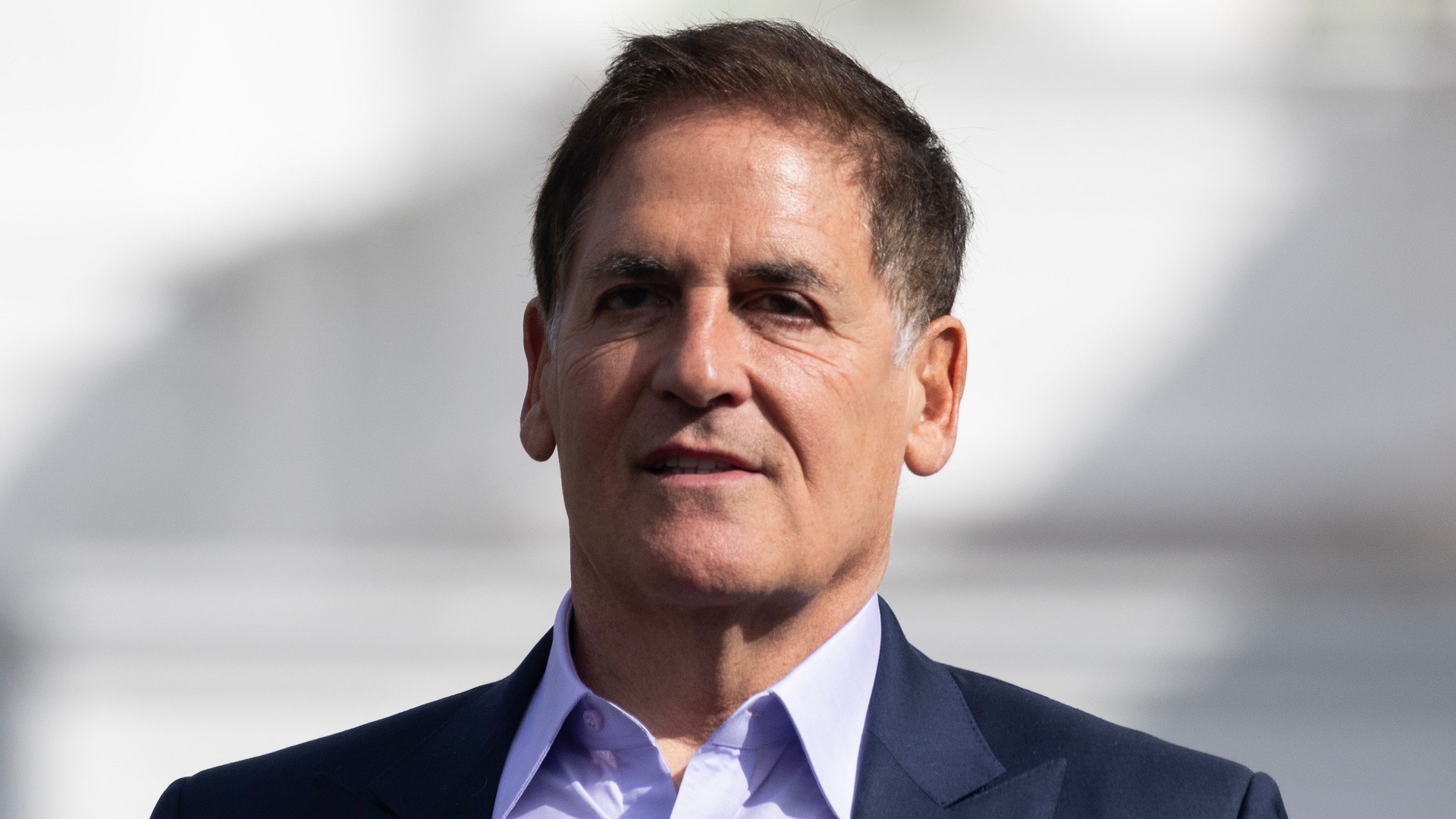
Known for his 16 year stint on “Shark Tank” and as the former owner of the Dallas Mavericks, Mark Cuban is now shifting his attention on another project-shaking up the prescription drug industry. Tired of the rising prices, lack of transparency and shortage of generic low-cost prescriptions, the billionaire went to war with big pharma and launched Mark Cuban CostPlus Drug Company with his co-founder Alex Oshmyansky, M.D., Ph.D.
Trending Now: Mark Cuban Tells Americans To Stock Up on Consumables as Trump’s Tariffs Hit — Here’s What To Buy
Check Out: 9 Downsizing Tips for the Middle Class To Save on Monthly Expenses
While Cuban has only been in the industry a short time, he’s already saving patients money and switching things up in the industry. Here how and why he’s winning.
Cuban’s Core Model Works
According to Cuban’s mission on Mark Cuban CostPlus Drug Company’s website, he is tackling major issues with big pharma by revealing how much medicine actually costs and offering affordable prescriptions so the price of drugs stops driving up the price of insurance.
“Cuban’s tactics are deceptively simple but genius,” said finance expert Andrew Lokenauth with Be Fluent in Finance. “From my years analyzing business models, the most effective approach is to cut straight through complexity — which is exactly what he’s doing.”
For You: Mark Cuban Says Trump’s Executive Order To Lower Medication Costs Has a ‘Real Shot’ — Here’s Why
According to Lokenauth, Cuban’s core strategy of transparency is working.
“From my experience working with pricing models, this 15% markup, plus a $5 pharmacy fee, plus a $5 shipping model rips away the veil of secrecy that Pharmacy Benefit Managers (PBM) have profited from for decades and it’s working,” he explained.
But pulling back the curtain on pricing isn’t the only thing Cuban is doing. He’s using a multi-pronged expansion strategy.
“Last time I reviewed their operations, Cost Plus had scaled from 111 medications to over 2,500 drugs,” Lokenauth added. “That’s a massive growth in just two years and now they’re moving into manufacturing and imports — I was blown away when I saw them importing $15 penicillin shots to compete against Pfizer’s $500 version.”
What Makes Cuban’s Disruption Different
Cuban isn’t the first person to acknowledge big pharma’s unethical ways. Many politicians like Senator Bernie Sanders, Representative Jan Schakowsky and Senator Elizabeth Warren have criticized pharmaceutical companies for avoiding federal taxes and price gouging, but Cuban’s approach is different.
Here’s why it’s working, according to Lokenauth:
- First, he has complete financial independence — and he’s leveraging it masterfully. With a $6 billion net worth, he can’t be bought out or pressured into submission like previous disruptors. From my observations of the industry, this is absolutely critical when taking on entrenched players.
- Second, his company structure as a Public Benefit Corporation is brilliant. I’ve worked with traditional corporations and the constant pressure for quarterly profits kills most reform efforts. But Cost Plus can legally prioritize social impact over pure profit.
- The third factor — and this one’s critical from my analysis — is Cuban’s laser focus on transparency as the core weapon. Other disruptors tried complex technological solutions or intricate business models. But Cuban recognized that simply exposing true costs would force the entire industry to change.
Why Cuban Believes Pharmacy Benefits Managers Are the Key Problem To Solve
Pharmacy Benefits Managers act as the middleman between health insurance plans, pharmacies and drug manufacturers. PBMs can influence the price of drugs and have been met with concerns over their market power and conflicts of interest with financial incentives, per the Commonwealth Fund.
At a University of Pennsylvania panel discussion on drug pricing Cuban said he is trying to reduce PBMs’ role.
Lokenauth’s views align with Cuban’s. “The transformation of PBMs from price negotiators into profit-driven monopolies has been catastrophic for healthcare costs,” he said.
Lokenauth gave an example from his personal studies. “A drug with a true cost of $10 gets marked up to $100 through the PBM system. The PBM then ‘negotiates’ it down to $50 and takes credit for ‘saving’ $50 — while still charging five times the actual cost. I’ve seen this pattern repeat countless times,” he said.
Cuban’s transparent model exposes these markups for what they are — pure profit extraction with no value add and that’s why the industry is fighting against him.
“His strategy of publishing complete price lists is absolutely the right way to break their power,” Lokenauth said. “Think about it this way — PBMs thrive on information asymmetry. When Cost Plus shows that a $1,000 drug actually costs $15 to make, that entire system starts to crumble. It’s already forcing changes and from my projections, this pressure will only increase.”
Cuban is focusing on execution over innovation and not doing anything new — he’s just removing the cloud of confusion for Americans, giving them a financial break on medications and cutting out the middlemen. “Simple but revolutionary,” Lokenauth added.
More From GOBankingRates
- 6 Costco Products That Have the Most Customer Complaints
- Mark Cuban Warns of 'Red Rural Recession' -- 4 States That Could Get Hit Hard
- 4 Housing Markets That Have Plummeted in Value Over the Past 5 Years
- 3 Reasons Retired Boomers Shouldn't Give Their Kids a Living Inheritance (And 2 Reasons They Should)
This article originally appeared on GOBankingRates.com: Why Mark Cuban Is Betting Against Big Pharma — and Winning







